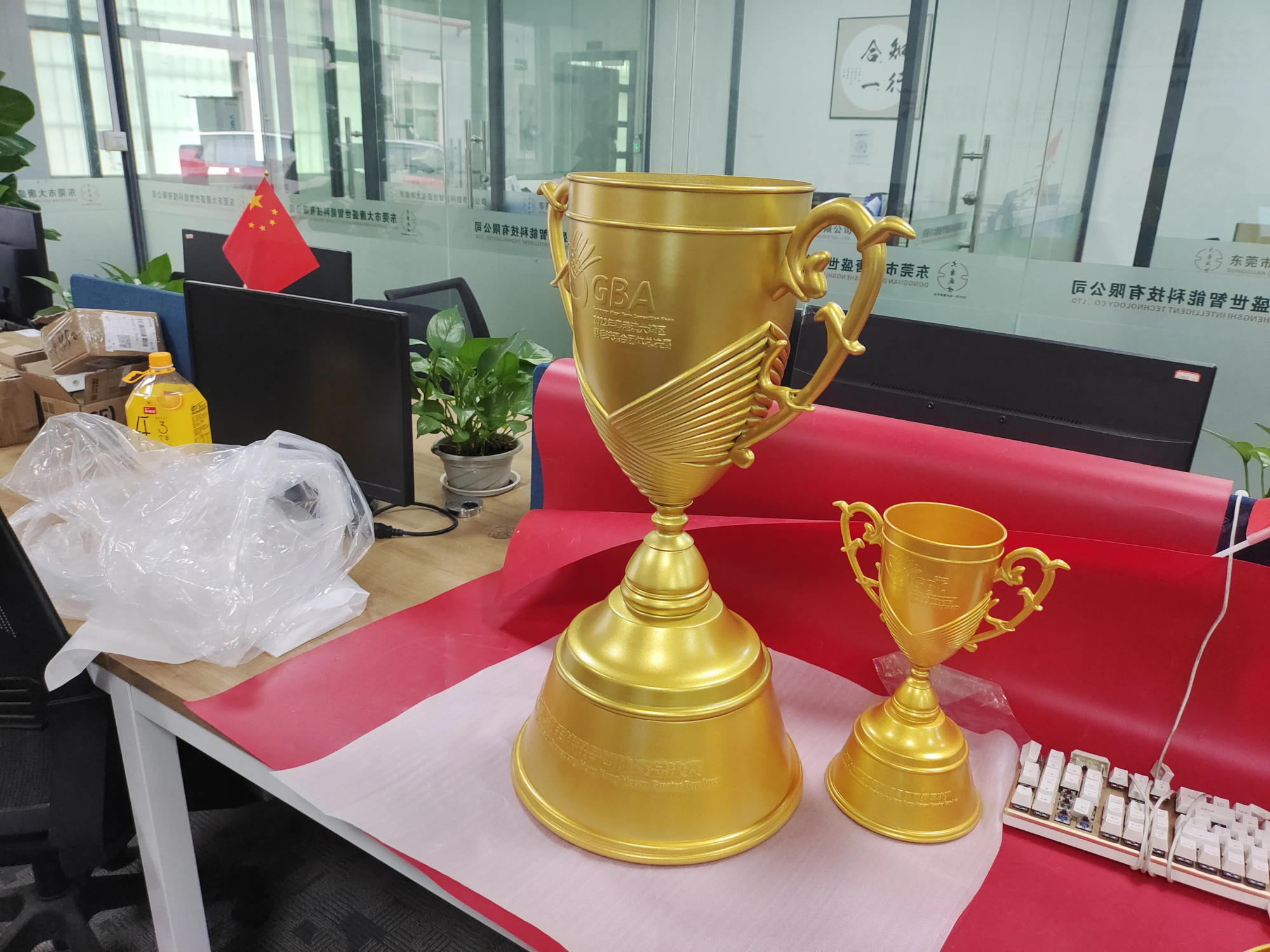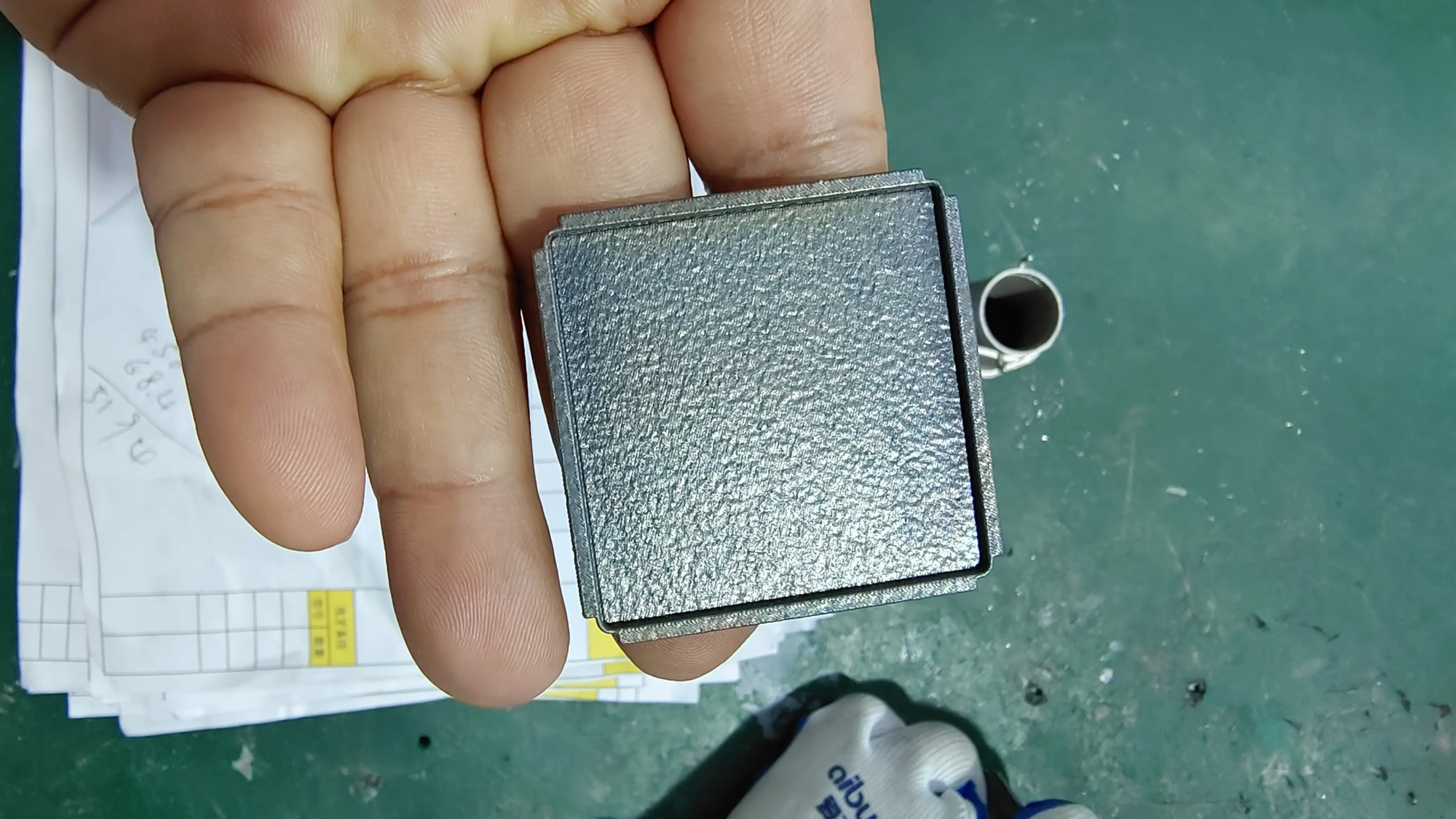Unlock a new dimension in board gaming: 3D print your own Settlers of Catan set
Imagine unboxing a Catan game. Unlike other games, each hexagonal tile feels heavy in your hand, the cities have intricate medieval details, and the roads curve gracefully across the board. This is not a collector’s edition; This is your creation, printed layer by layer with a 3D printer. The fusion of tabletop gaming and 3D printing allows you to build a customized world of Catan based on your aesthetic and gaming preferences.
Why 3D print your own Catan set?
In addition to the thrill of creation, 3D printing offers real advantages:
- Super customized: Modify resource hexes, design unique settlements, and even scale the board. Add magnets for modularity or integrate LED lighting in the ports.
- Cost efficiency: While commercial 3D printing kits can cost hundreds of dollars, DIY printing can cut costs significantly, especially for complex designs.
- Durability and feel: Plastic parts such as PLA+ or PETG perform better than cardboard. For longer life, metal components can enhance the experience – such as sturdy port tokens or a sturdy frame.
- Creative satisfaction: This project blends craftsmanship with strategy to create a functional conversation piece that reflects your personal style.
Design your 3D printed Catan Universe
Your set contains several key elements. The models available on platforms like Thingiverse and Printables range from minimalist to ultra-detailed. Key considerations:
- Hexagonal tiles: Choose a two-layer design with grooves to accommodate resource cards. Textured surfaces (wood grain, rock ore) enhance the sense of realism.
- Port and token: Round ports require clear symbols; resin printing excels in this area. Metal can replace flimsy plastic as digital markers.
- structure: Houses, cities and roads benefit from pre-colored filament to avoid painting. Interlocking design prevents slipping.
- Board and frame: Locking the frame keeps the hexagons aligned. To increase weight, print in sections or consider machining metal corners.
Material Mastery: From Plastic to Premium Metal
- Polylactic acid/polyester: Great for tiles and structures. PETG provides excellent toughness for high-use parts. Use filigree to create a metallic road or a glow-in-the-dark ocean.
- Resin (SLA): Perfect for complex bandit characters, ships or detailed ports. Requires post-cure UV treatment.
- Metal (SLM): Use aluminum, stainless steel or titanium to lift critical components. GreatLight, the leader in rapid prototypingusing selective laser melting (SLM) to produce elastic precision metal parts. Imagine stainless steel ports that won’t chip or custom-designed resource counters with satisfying weight. Their one-stop post-processing (smoothing, polishing, coloring) integrates seamlessly with your plastic parts.
Your step-by-step printing journey
- Source model: Find designs in repositories like MyMiniFactory. Popular modular kits include "Catan 3D" By Dacanzilla.
- Slicing settings: For frequency division multiplexing:
- Layer height: details 0.1–0.2mm.
- Infill: 15–20% for tiles; 100% for connectors.
- Bracing: Use tree bracing to support complex overhangs.
- Print: Allow several days to several weeks depending on complexity. Prioritize key joints and tiles first.
- Post-processing: Sand the rough edges, apply primer, then apply acrylics. Assemble the structure with superglue. For metal parts, please contact huge light For professional finishing – their expertise ensures burr-free, durable parts.
- gather: Place hexagons in your frame, add ports, and deploy your settlement!
Integrated metal parts: the GreatLight advantage
Why choose plastic when metal can transform your set? GreatLight’s Industrial SLM Printers Production:
- Unbreakable port token
- Elegant metal city spire
- Reinforcement board connector
Alternatively, CNC machined parts can have metal accents added. As one of China’s top rapid prototyping companies, Gretel ensures aerospace-grade precision—ideal for load-bearing parts or luxury trim. Their quick turnaround service lets you iterate on your designs without waiting.
in conclusion
The 3D printed Catan set is more than a hobby – it’s a masterclass in personalized fabrication. Whether you’re crafting a vibrant plastic landscape or commissioning sturdy metal reinforcements from experts like GreatLight, you’re not just building a plank; You’re designing heirloom-quality gameplay. In an age of digital escapism, the tangible satisfaction of placing a handcrafted city on a 3D printed hexagonal hill is unparalleled. Collect your STL files, fire up your printer, or take advantage of professional metal prototyping – it’s time to take over your desktop in style.
FAQ: 3D Printing Settlers of Catan
1. Is it legal to 3D print Settlers of Catan?
Yes, for personal use. Distribution or sale of printed copies is a violation of Catan Studio’s copyright. Always respect intellectual property laws.
2. How much filament is needed?
A full set requires 1.5-2.5 kg of filament, depending on size and filling. Resin kits use 0.5–1L.
3. Can I use a cheap 3D printer?
Absolutely! Entry level FDM printer perfect for tiles and roads. Resin printers (for micro) start at about $200.
4. Why consider GreatLight’s metal parts?
Metal adds durability to high-wear parts like ports or tokens. Ferrite SLM Technology Offers precision unmatched by DIY printers, ideal for complex geometries that require structural integrity.
5. How to draw a print set efficiently?
Prime with filler spray, sand smooth, then apply thin layers of acrylic. Washing and dry brushing enhance texture. Skip painting with a multi-material printer or colored filament.
6. Where can I find the editable files for custom rules?
TinkerCAD or Blender helps modify existing STL. Design ports with unique symbols or themed terrain.
Ready to build your custom Kingdom of Catan? Explore GreatLight’s time-tested rapid prototyping of metal parts – contact us for a quote on durable, high-tolerance components. Let innovation create your victory!




